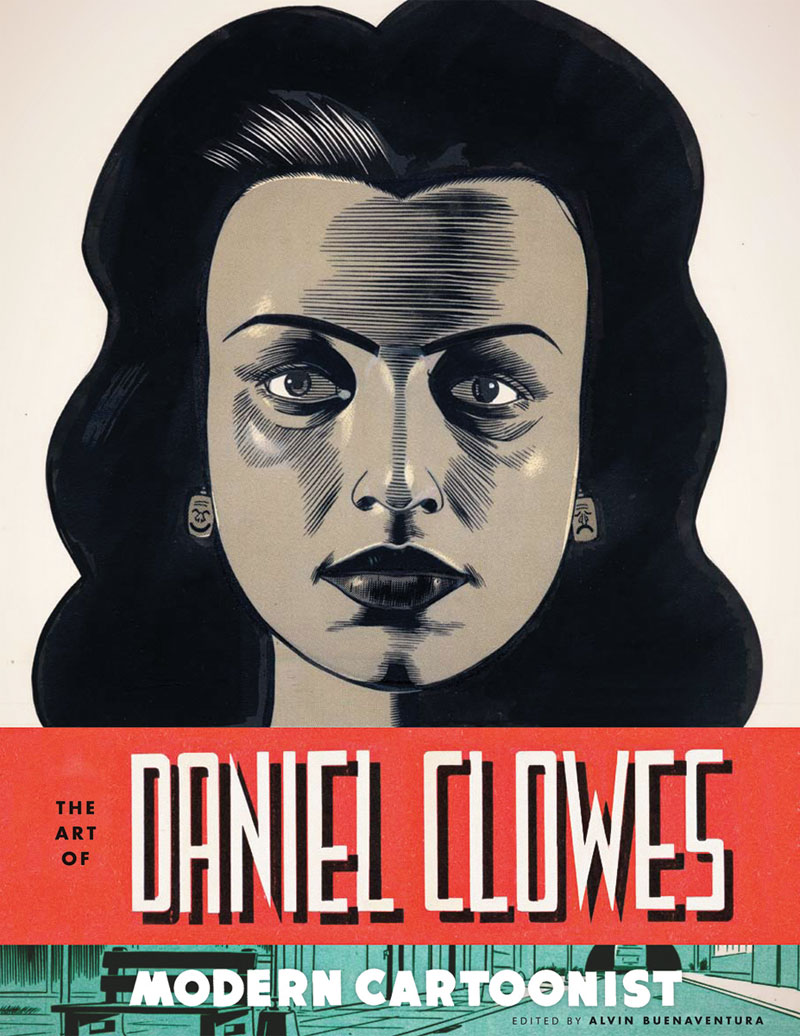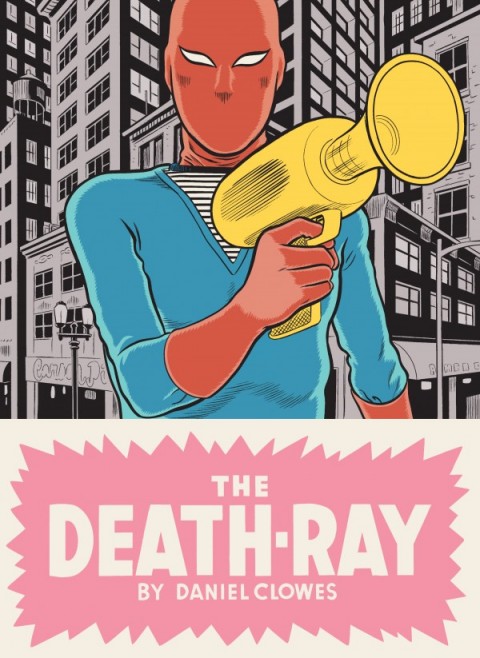Kim Thompson, co-publisher of Fantagraphics, passed away on June 19th at the age of 56. Even though I briefly worked with the folks from Fantagraphics 5 or 6 years ago, I am sad to say that I never had the opportunity to meet him in person. I’m sure I would have learned a lot.
I recently linked to Seattle Weekly article about the future of Fantagraphics after Kim’s death, and so I also wanted to link to Robert Boyd‘s remembrances of Thompson in The Stranger:
I realize that readers might not understand why Kim Thompson was an important person—not just to me, but to art… [Fantagraphics] published Gilbert and Jaime Hernandez, Daniel Clowes, Chris Ware, Peter Bagge, Ivan Brunetti, Carol Tyler, and so many other great cartoonists, and are still doing it today. When you compare the publishing achievements of the underground comics generation (a brief brilliant flame) to Fantagraphics (and its peers, like Drawn & Quarterly), it’s hardly a contest. Fantagraphics is one of the greatest publishers of comics in any language of all time and one of the strongest promulgators of the art of comics in existence. And Kim Thompson was crucial to that 30-plus years of artistic success.
Sometime ago, the indefatigable Tom Spurgeon posted a long and comprehensive obituary of Thompson at The Comics Reporter that also serves as a potted history of Fantagraphics if you are interested in this particular corner of comics culture. There is a somewhat shorter obituary at The Comics Journal.

Ben Schwartz also posted about Thompson and the importance of The Comics Journal at the Los Angeles Review of Books:
Kim Thompson was born in 1956 to American citizens living abroad in Denmark, and arrived here in the US in 1977. That same year, Kim joined Gary Groth to help put out The Comics Journal, begun in 1976. The Comics Journal was the first forum for nothing but discussion, criticism, and journalism about comics to rise above the level of the zine (not to discount those incredibly vital fan networks). There would be no comics section here at the Los Angeles Review of Books, or anywhere else, without The Comics Journal. They were not the only comics-oriented publication, but they were the only one with actual journalistic standards that hired writers of depth and knowledge… Critical magazines have a way of stimulating creativity. From the heated, hyper-talkative culture of the 1940s and 50s Partisan Review, a Saul Bellow emerged to embody its aesthetic. From Cahiers du Cinema and its attempt to create a new critical language for film, the French New Wave filmmakers appeared. In a similar way, from the Comics Journal intelligentsia, a literary comics… movement began.
Finally, Tom Spurgeon posted (re-posted?) this 2008 interview with Thompson, again at The Comics Reporter. It is striking how much he still believed there was to be done:
“The industry has changed far more radically, and for the better, than I ever could have imagined, in terms of the respect accorded to comics, the level of work being produced, comics’ place in the market, the whole ball of wax. (You have to bear in mind that when we started cartoonists were literally wondering whether Americans would ever be willing to read comic books that ran beyond the length of an issue of Giant-Size Fantastic Four.)
The weird thing is that the idea of “graphic novels” and comics for adults has had so very little penetration into the general literate populace. Most regular people are, in my experience, still utterly stunned and confused at the very idea, New York Times Book Review reviews notwithstanding. There is a weird disconnect between the press’s enthusiastic embrace and promotion of the medium and its effect on actual “mainstream” readers… It remains an uphill battle, and if I’d known how much of an uphill battle it would continue to be, even with all of these victories, I might have become an advertising copywriter circa 1979″
He will surely be missed.
(pictured above: a portrait of Kim Thompson by Jim Blanchard; Eric Reynolds, Gary Groth, and Kim Thompson by Daniel Clowes commissioned for the (as yet) unpublished Comics As Art)
1 Comment











